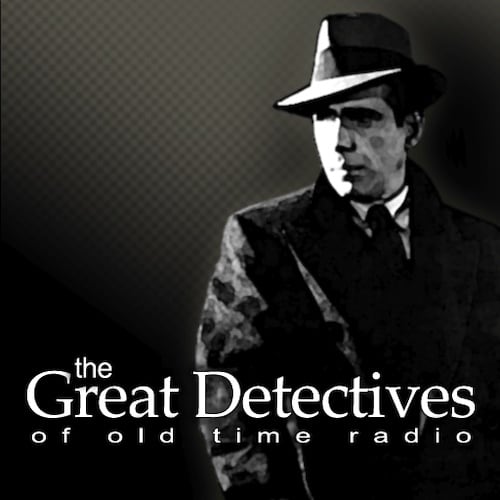Sherlock Holmes living and working in modern day New York? That’s the premise of CBS’ new Drama, Elementary which stars Johnny Lee Miller as Holmes and Lucy Liu as Ms. Watson, a former surgeon.
Holmes gets out of drug rehab and Liu is assigned to be his companion during a six week recovery period. Holmes has a wealthy father who is footing the bill for the companion and allows him to live in New York City.
We learn that Holmes was a consulting detective in London and he plans to carry on with the job in New York City and Holmes is promptly allowed on the crime scene and the game is afoot.
Review:
The obvious comparison that will occur is between this program and the BBC’s Sherlock. However, I’d suggest the most apt comparison would to Dick Wolf’s LA Dragnet. LA Dragnet really had nothing to do with the original series and was really just another police procedural. It had characters named Joe Friday and Frank Smith but really didn’t imagine, What if Joe Friday had grown in the 1960s rather than the 1930s. The use of Dragnet was thought to give the show an edge.
In the same way, Elementary represents such a radical departure from the Holmes story that it’s really just another detective show trying to capitalize on the Holmes character. The program had more in common with Monk in the early Sharona days than Holmes with a trained female medical professional helping a quirky fallen detective get back on his feet as a police consultant. The writers even left room for a tragedy involving a woman leading to Holmes’ downfall in London.
In Elementary, Holmes is the black sheep of a very wealthy family. Holmes is well-tattooed (which can make the whole master of disguise thing a challenge) and declares that he needs sex in order to think. Holmes is also prone to childish tantrums in this episode, crashing into a suspect’s car out of frustration.
The program is not without its strengths. Jonny Lee Miller delivers a solid performance. He’s not quite Jeremy Brett or Tony Shalhoub but his gestures and characterization are solid. Lucy Liu turns in a good performance as the complex Dr. Watson. The mystery and its solution are also pretty clever. The show’s big weakness may be that it’s really not Sherlock Holmes and Elementary would probably have a better chance of making if it didn’t include a character named Sherlock Holmes.
In terms of content that may concern parents, the pilot episode included some moderate sexual innuendo and a crime scene portrayal that was a little bloodier than what you’d typically see on Monk but not as extreme as has appeared on other crime shows.
The first episode of Elementary had solid ratings but its future remains uncertain. The program is definitely more of a traditional detective show than another NCIS, but it remains an open question whether the show will survive by finding its voice and displaying the type of charm and style that’s required for long-term success.
Overall, I’ll rate the show 3.0 out of 5.0.
If you enjoyed this post, you can have new posts about Detective stories and the golden age of radio and television delivered automatically to your Kindle.
